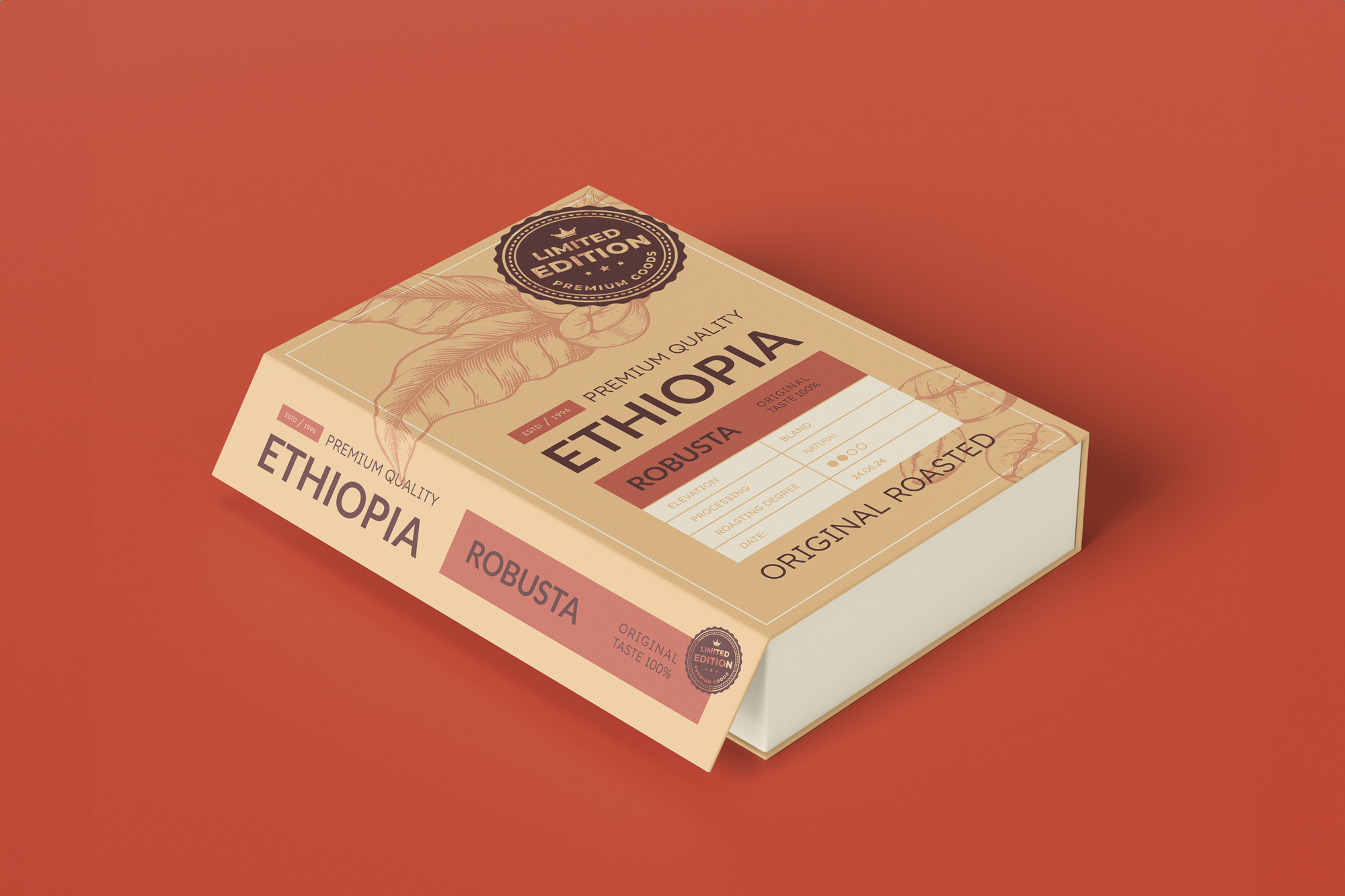Limited edition product packaging is a powerful tool that brands can utilize to stand out and form connections with consumers. Exclusive, time-sensitive products and their packaging often create a major buzz with shoppers, as consumers know they only have a short time to get their hands on these unique goods. These campaigns are effective during holidays, brand collaborations, or other special occasions such as a milestone anniversary. When done right, brands offering limited edition products and packaging may temporarily create a surge in demand, increase sales, and even attract new, loyal customers.
Benefits of Limited Edition Packaging
Exclusivity is one of the key advantages of limited edition products and packaging. Consumers are drawn to items with prestige or rarity. If a product is only available for a short time, or only a handful of limited editions exist, there may be a heightened desire to own one of these items before they’re gone for good. This urgency can translate into increased demand and drive sales while limited products are available. Limited edition packaging may also serve as a tool to engage shoppers who might not have interacted with your brand before. For new customers, discovering your product through a limited-time offer can eventually lead to long-term loyalty.
Challenges of Limited Edition Packaging
While limited edition products and packaging offer many benefits, creating both comes with a set of challenges. Since limited edition packaging needs to be unique, brands must see a new design through from concept to production, which can lead to higher production costs. Brands must also strategically manage this new inventory. Proper demand forecasting is key to avoiding inventory obsolescence or running out of products too soon. A balance must be struck between creating scarcity and meeting customer demand within the relevant timeframe. It’s also important for brands to avoid overusing limited edition packaging. Running too many limited edition campaigns can dilute its exclusivity, which is the very thing that makes these products attractive to so many consumers. Use this tactic sparingly to retain high allure and interest among shoppers.
How to Create Limited Edition Packaging
Creating impactful limited edition packaging requires thoughtful planning and strategy. First, it’s essential to plan ahead and ensure the product’s release aligns with a relevant time period. For example, launching limited edition holiday packaging after the holiday has passed would miss the mark entirely. The goal is to launch your product at the right time for maximum impact.
Next, tailor the packaging to your target audience or a segment that will be most receptive. Understanding who will respond best to limited edition products can guide your design decisions and marketing efforts. Incorporating current packaging trends such as sustainable custom paperboard packaging, minimalism, or smart packaging will also ensure your product resonates with modern consumers.
To heighten the sense of urgency, communicate clearly with your customers. Let them know through social media, your website, and other marketing platforms that the product is only available for a limited time and won’t be re-released. The packaging design itself should be unique and worthy of being collected, as collecting is a common consumer behavior during limited edition releases. Even with a bold design, it’s important that the packaging still feels reminiscent of your brand identity. Allow room for creativity while staying true to your brand’s roots.


